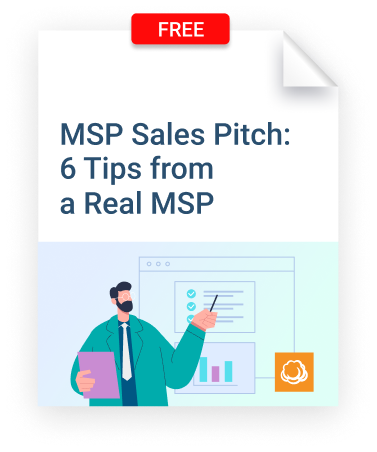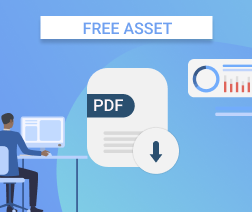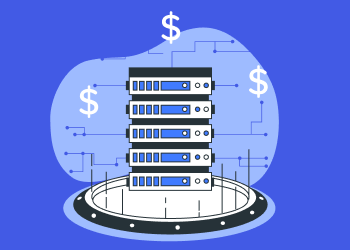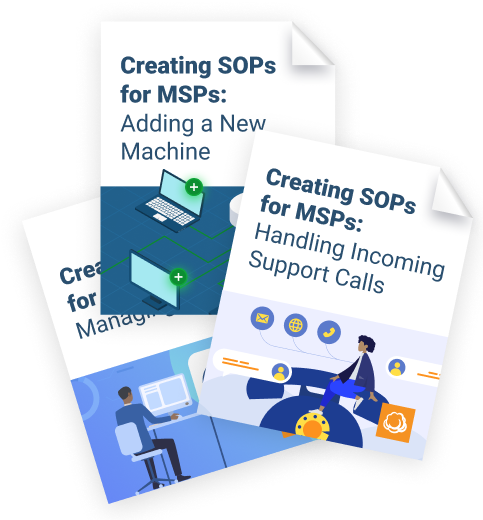Are you an MSP looking for an additional revenue stream? If so, offering procurement as a managed service might be just what you need. While this type of offering falls a bit outside the box of traditional managed services, it is a solution that many MSPs are well-positioned to provide to their clients. It can also be quite profitable, provided you take steps to streamline the operations that power it.
This article offers guidance on what this concept means for MSPs, as well as best practices to follow if you decide to offer this type of solution.
What Is IT Procurement as a Service?
This is an offering that allows businesses to outsource their IT procurement and purchasing needs to an external provider, such as an MSP. If you provide procurement as a managed service, you handle the processes of selecting, buying, delivering, and (when it becomes necessary) replacing the equipment that your clients need to power their businesses. You are also responsible for managing warranties and using them to replace or repair defective equipment.
Further reading MSP Hardware and Software Tools
How Procurement as a Service Benefits MSPs
For MSPs who already offer managed setup and support services for IT equipment, adding this service is a natural extension of the solutions they already provide. If you know which equipment your clients need and what the lifecycle for that equipment looks like, you are well-positioned to assume responsibility for purchasing and replacing that equipment, too.
This not only allows you to grow your revenue but may also help you to streamline other managed services that you provide. Having more control over how and when equipment is purchased may make it easier to support that equipment.
Selling Procurement as a Service
Of course, understanding how it benefits your MSP business is only the first step toward successfully adding this type of managed offering. You must also convince clients of why procurement services are advantageous to them.
To do so, emphasize the following benefits from the client's perspective:
- Time-efficiency: The client's employees no longer have to spend time waiting to talk to vendors or evaluating multiple solutions. You handle that for them.
- Cost-efficiency: By building relationships with multiple suppliers, gaining deep insight into the market, and taking advantage of reseller pricing, you are positioned to find better pricing for equipment than clients could achieve on their own.
- Expertise: As an MSP, you have the technical knowledge necessary to choose the best solutions for your client. The client may not have in-house personnel with the same level of technical skills.
- Consistency: By outsourcing procurement to you, clients gain a consistent process that they can count on over the long term. They don't have to worry that their procurement process will be disrupted if the employee who currently handles it leaves.
- Installation and deployment: You can integrate installation and deployment services into the managed procurement offering in order to provide extra value to the client.
Further reading Selling Hardware? Be Transparent with Your Markups!

Best Practices for Offering Procurement as a Service
In order to ensure that your new offering can become profitable, it's important to keep several best practices in mind.
Use Procurement Software
Use a procurement software platform to ensure that your procurement processes are centrally documented and managed. Most professional services automation (PSA) tools have procurement-management features.
Alternatively, you can manage the procurement process manually using a spreadsheet such as the following:
| Date | Purchase item | Client | Invoice from vendor | Is it paid? (Y/N) | Receipt | Is the client billed and paid? | Delivered? (Y/N) | Comments |
A manual approach won't work well if you are managing thousands of purchases a year, of course, but it can suffice at least initially, as you scale your operation up and evaluate whether it's a service you want to keep providing.
Buy from a Distributor
In order to get the best prices and fastest delivery, you should obtain equipment from IT distributors, such as Ingram Micro and Tech Data. Distributors like these offer better pricing and service than consumer-oriented retailers.
That said, distributors typically require minimum purchase volumes (or, if you don't meet an order minimum, you have to pay extra fees). Thus, if your procurement operations are small, you may need to rely on vendors like Amazon until you scale your service up.
Standardize Clients
As you build your procurement as a service offering, strive to align all of your clients with the same hardware platforms. That way, you can use the same suppliers for all of your customers. You can also keep an inventory of your own stock on hand in order to deliver equipment to clients without having to wait on suppliers. And you can order the same equipment in higher volumes, which may reduce your purchasing costs.
Keep Warranties and Licenses Up-to-Date
When you're responsible for managing warranties, you want to make sure you get as much out of them as possible. One way to do this is to make sure that warranties take effect only when equipment is actually installed (provided the warranty offers this option), instead of at the time of purchase, which is typically the default. That way, you get a longer warranty coverage period, which will save you money in the event that the equipment you manage fails.
In some cases, you may need to contact vendors to notify them when you set the equipment up so that they can adjust your warranty accordingly.
Likewise, if you obtain and manage licenses as part of the procurement service, make sure they are up-to-date, and that you know when a license is going to expire or needs to be renewed.
Manage Inventory
When you offer procurement as a service on a large scale, it's important to manage your inventory carefully. Keep systematic records of what you have purchased and where it was installed. If you maintain your own stock of equipment, perform inventory checks periodically to make sure your records align with what you actually have in stock.
Conclusion
Offering IT procurement as a managed service is beneficial to both MSPs and their clients. In order to perform procurement operations effectively and cost-efficiently, however, be sure you take an organized approach that focuses on automation and consistency, especially as the scale of the service grows.








